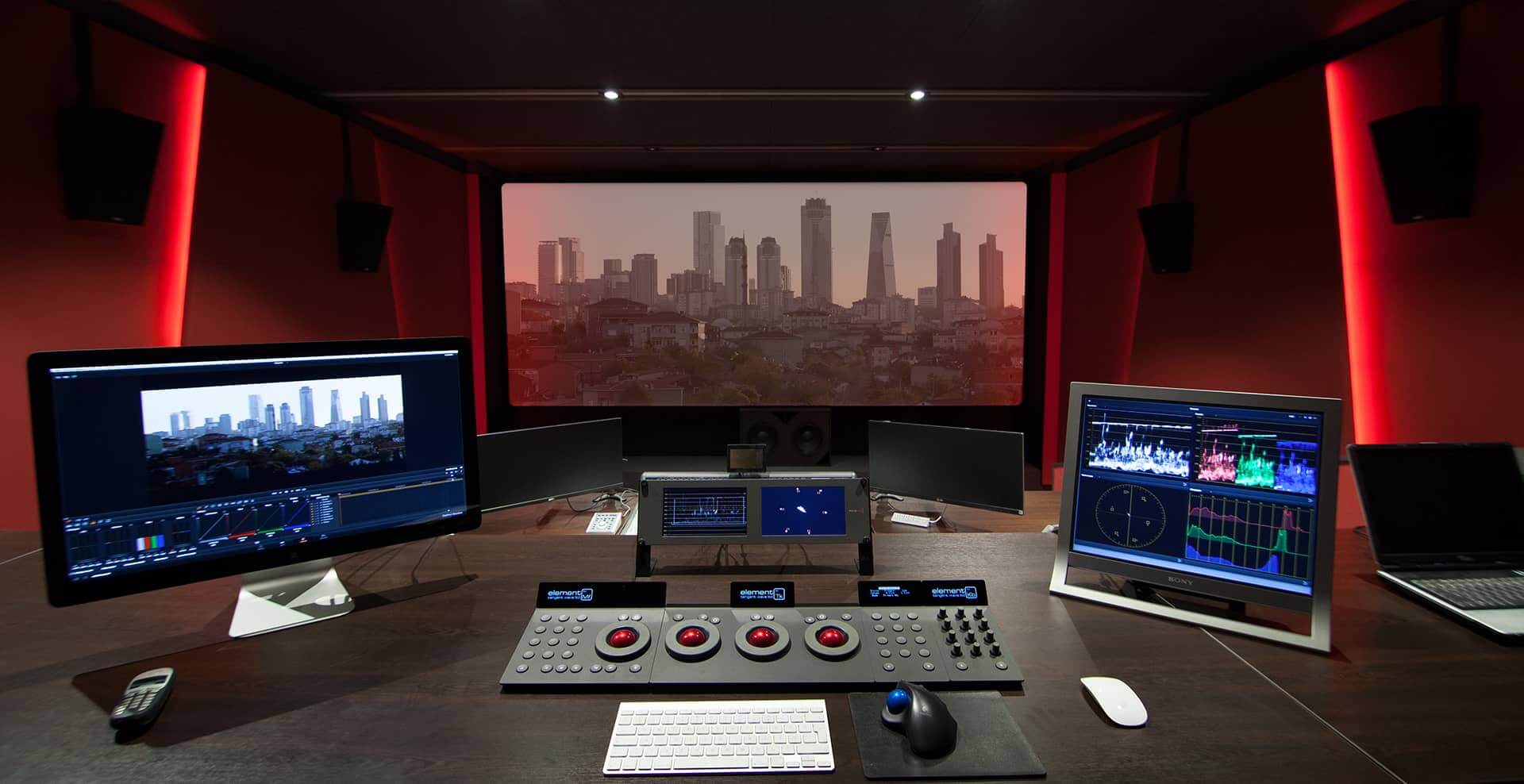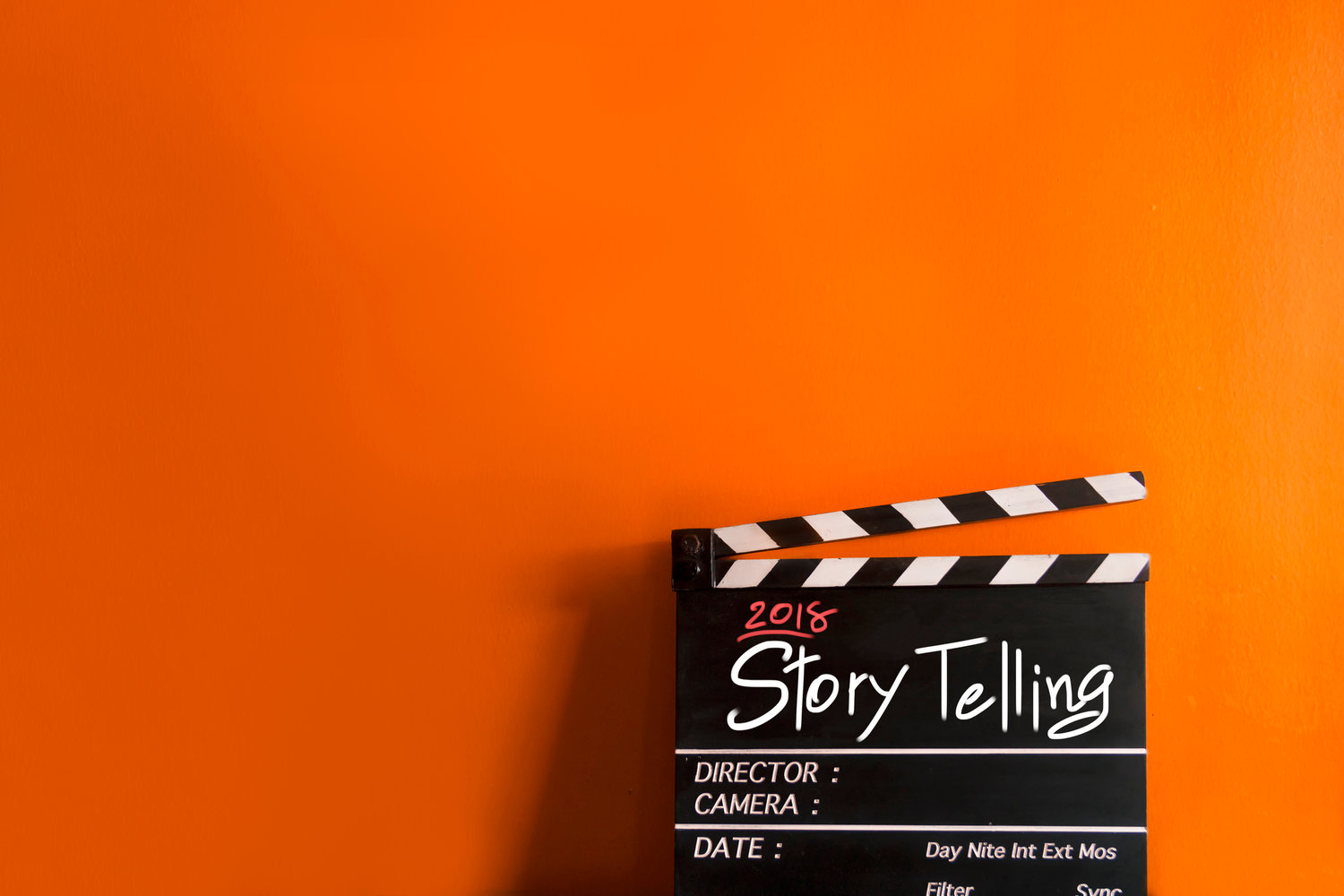A lot of people in video making tend to get so hung up on technicalities so much so that they think it’s the specs rather than their own creativity that determines the outcome. Nothing could be further from the truth.
You can learn a lot more about video making from masterpieces than you can ever from dwelling on bit-rates and pixel-perfect details. So without further ado, let’s hit the road and see how the experts make it.
Why Use Video Camera Over Still Camera?
To overly simplify, you can find better views using the built-in viewfinder of video cameras. If you’re shooting on a sunny day, you might find it hard to see what’s on the screen. Viewfinders also are more natural compared to the digital screens.
:max_bytes(150000):strip_icc()/DSLR-camera-56df5c1e3df78c5ba054d6a9.jpg)
Shooting on a Windy Day
Dead cats, also known as wind muffs, come to rescue on a windy day. Their sole purpose is to reduce wind noise, not really to eliminate it completely.

Low pass filter remove low frequencies.
Filming on a moving car? Turn the low pas filter on and see the background noise dramatically go down.
Shotgun Mics
As the name suggests, shotgun mics are designed to travel in one single direction often at great lengths. So if your subject is at distance, shotgun mics are one of the options to consider.

Lavalier Mics
Some lavalier mics are wireless meaning, they come with radio capabilities. The mic is usually attached to the top of the subject while the receiver is attached to the video camera. The mic and receiver communicates over radio frequency. Most lavaliers also come in wired variations.
Stereo Ambient mics
Ambient miking is a technique is used to capture audience sound or the natural reverberation of a room or concert hall.

The Biggest Deal Breaker in Video Cameras
Is the ability to connect with external mic. Without audio jack, you can only rely on internal mic, which is useless nine out of ten times.
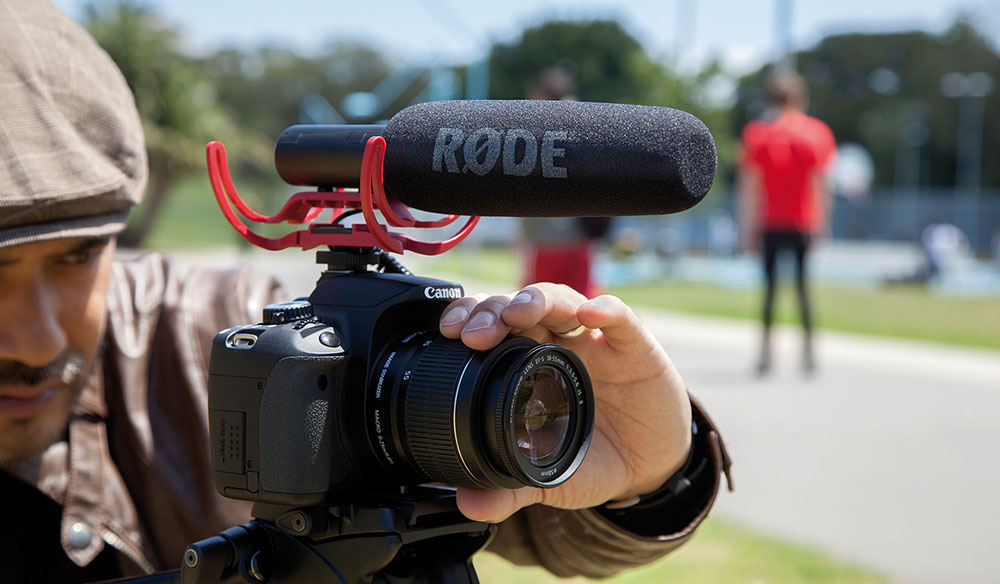
Just because it’s a video doesn’t mean you have to move all the time.
Find a way not to move the camera before moving the camera. If you have to move, move it with intent.
- Frame the subject for 4 secs, pan towards the second subject, focus again for 4 seconds.
- It’s better to zoom out (camera pull back) than to zoom in, less amteurish.
- It’s OK to pan faster than the object and wait for the object to reenter the scene.
- It’s OK to pan along with the object.

And remember every shot in the camera (not in the edit) needs to be at least 4 seconds long.
Break the rules only when you know what and why you’re breaking. The moment your audience realize there’s a camera you’ve lost your audience.
Make the footage less shaky.
- Tuck your elbows in.
- Push the camera against an object.
- Use a gimbal
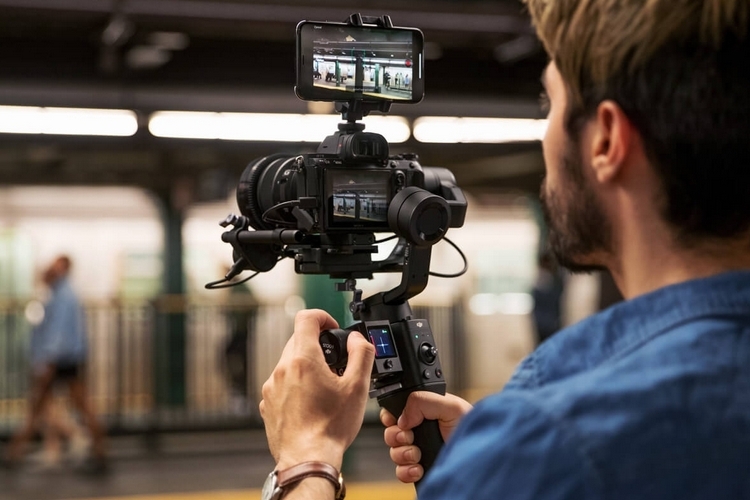
Audio is as important as video, if not more.
It’s the audio that makes audience feel and receive information.

Natural lighting especially when combined with reflective equipment can be much more effective than artificial.
Regardless pay attention to shadows, use reflection to make adjustments.

Drones are good for immense space.
Just don’t overuse, make sure it contributes to the story.
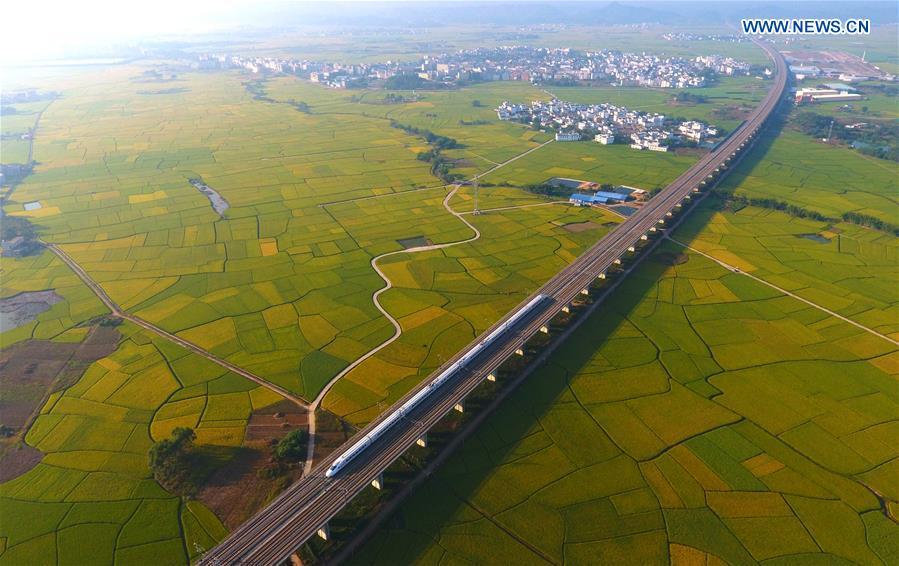
Our eyes are excellent at distinguishing where the lights come from, but cameras are not.
Use auto white balance when in doors. Use shade settings when outdoors.

Always be in active storytelling mode.
Edit in your head and edit as you shoot. You only have one chance for wonderful moments. Don’t let it slip by. Constantly be aware of the things being unfolded and move quickly.

B-roll shouldn’t be too long that it becomes tedious.
It should be just long enough to keep the audience focused and present the emotion.
Again remember B-roll audio is equally important as video. It’s the audio that conveys the underlying emotions.
Plan ahead but be flexible.
Have a thought process of what you’re going to shoot and be prepared for a new set of thought process while you’re shooting and post shoot. So shoot off the cuff but have a broad shot list of high significance. You’ll generate new thoughts as you gather real footage. In this sense, scripting is not a necessity (unless you’re shooting a documentary).
Dissolve the scenes.
In every video editing software, there’s basic transition like dissolve and the rest. Never ever touch them. Nothing looks more amateurish than using transitions that convey nothing.

Sound effects triumph sound track.
Never replace natural sound effects with music, unless there’s something wrong with natural sound.
If you’re using a soundtrack, only use it to create emotions.
And the emotions of the soundtrack must go hand in hand with the underlying message of the scene.
Let the voice come first before the subject.
The music goes under. The voice comes over. Then you show the subject.
Finding the right soundtrack.
- Write down specific word that describe the emotion of the scene. e.g. Lonely, disappointed, longing (positive, negative), joy…
- Now find the sound. Listen carefully if it creates that specific emotion. You want to be sure here, else go back and search again.
- Put it on the timeline.
